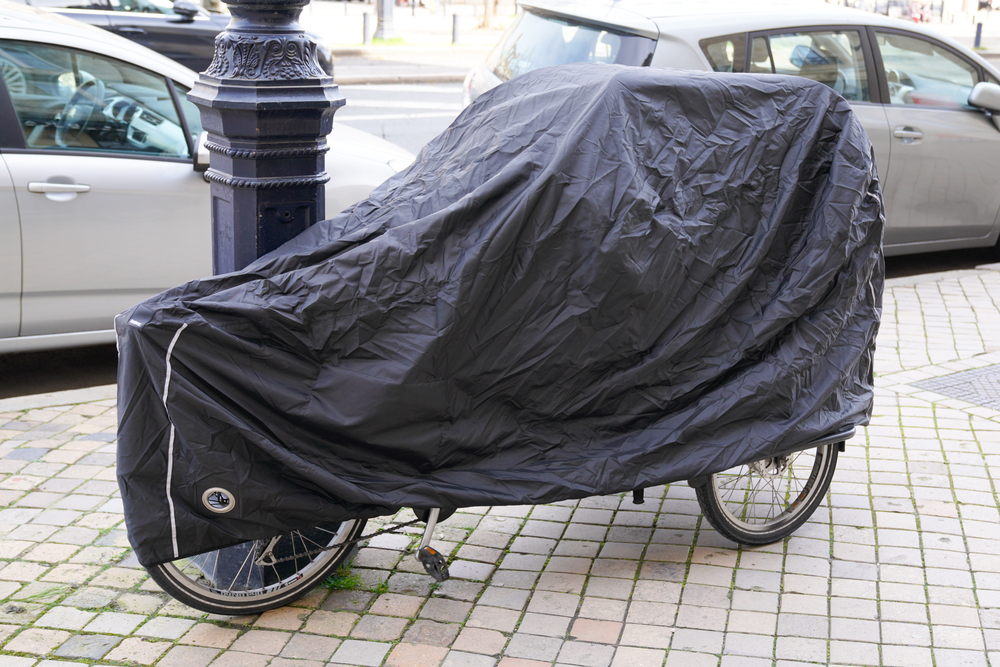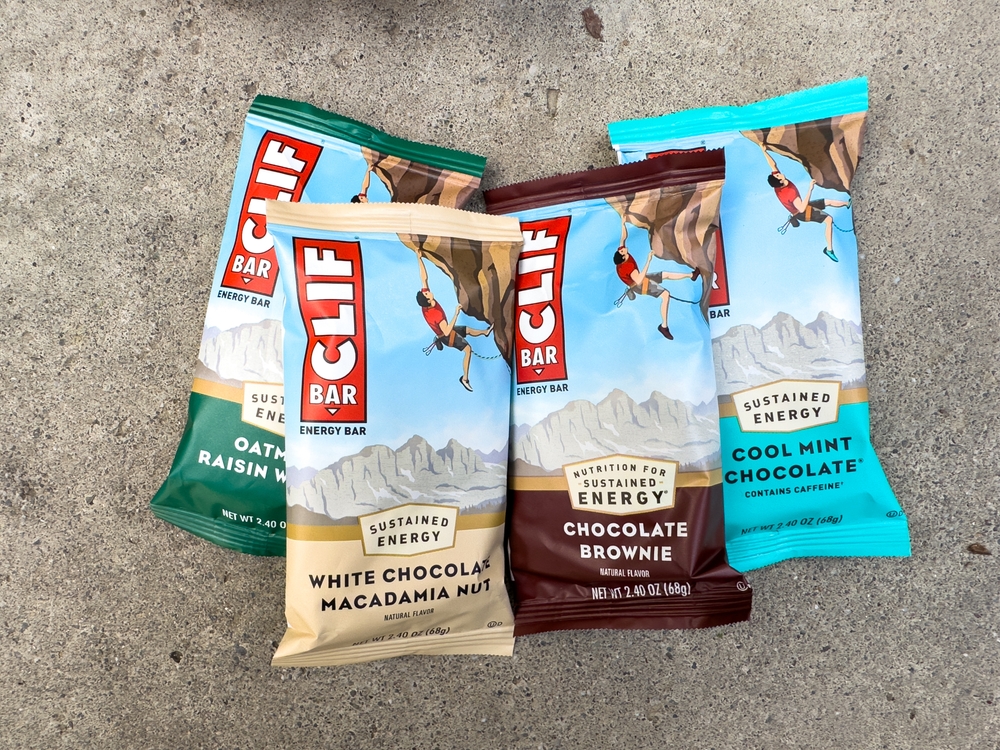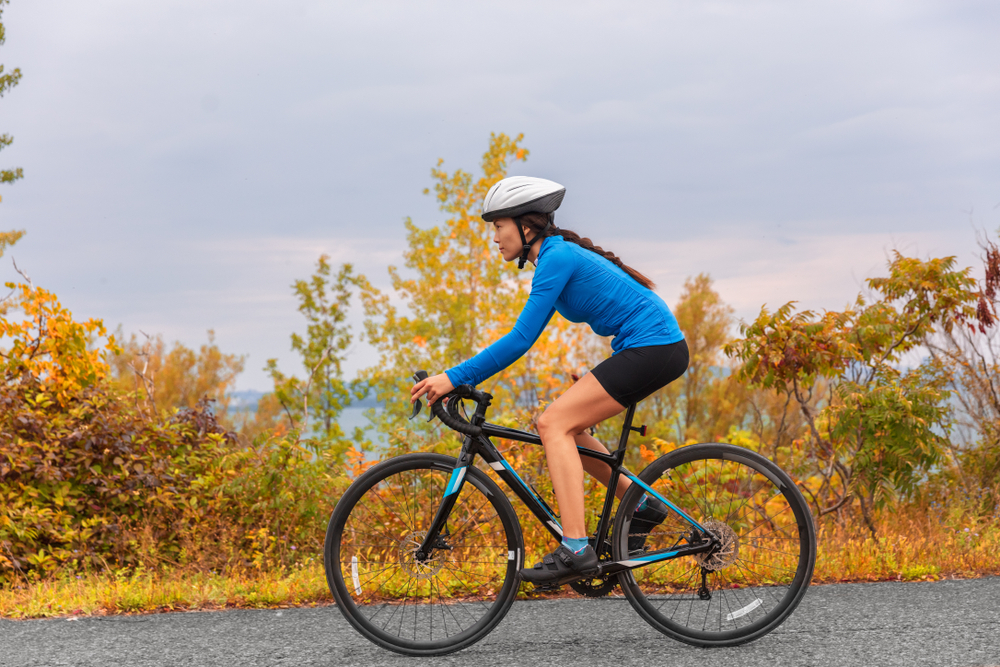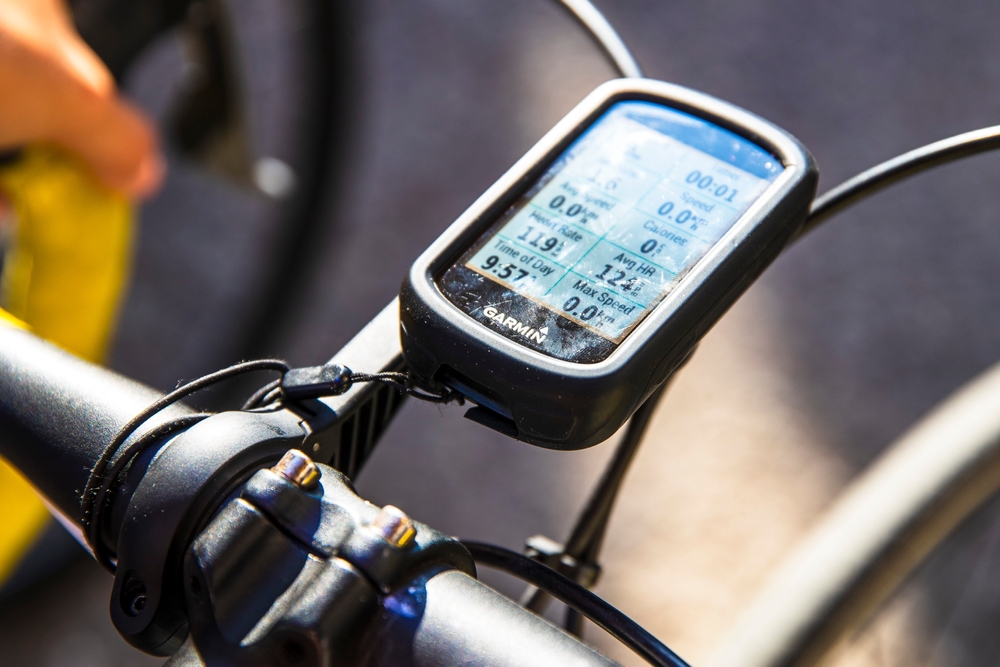How to Ride a Bike
Riding a bike is a valuable skill that offers freedom and independence. It’s an enjoyable activity suitable for all ages. This guide will walk you through the basics, from getting started to mastering the skills needed for safe biking.
Choosing the Right Bike
The first step is selecting the appropriate bike. Consider the size, type, and purpose. Ensure the bike fits you well. When standing over the bike, there should be about 1-2 inches of clearance between you and the top bar.
There are various types of bikes. Road bikes are designed for speed on paved surfaces. Mountain bikes are built for rough terrains. Hybrid bikes combine elements of both, making them versatile.
Essential Gear
- Helmet: Always wear a helmet. It protects your head in case of a fall.
- Gloves: These protect your palms and improve grip.
- Padded shorts: They add comfort, especially on long rides.
- Reflective gear: Increases visibility, especially at night.
Your bike should also have front and rear lights, especially if you plan to ride at dawn, dusk, or night.
Understanding Bike Controls
The bike has two main controls: brakes and gears. Practice using them before setting off. The right-hand brake usually controls the rear wheel, while the left-hand brake controls the front. Always use both brakes to stop smoothly.
Gears make riding easier by adjusting to different terrains. Lower gears are better for uphill climbs, while higher gears suit flat surfaces and downhill rides.
Mounting and Dismounting
Start by standing over the bike. Hold the brakes to keep it steady. Swing your leg over the back wheel and sit on the saddle. To dismount, come to a complete stop, hold the brakes, and swing your leg back over.
Balancing and Pedaling
Find a flat, open space without traffic. Practice balancing by pushing yourself along with your feet. Once you feel stable, place your feet on the pedals. Start pedaling slowly. Look ahead, not at the ground.
Keep your elbows slightly bent to absorb shocks. This will help maintain balance. Practice riding straight first, then try gentle turns.
Braking Properly
Always use both brakes simultaneously. Gently squeeze the levers rather than slamming them. Practice stopping smoothly. Remember, sudden stops can cause falls, especially on the front brake alone.
Turning and Steering
To turn, look in the direction you want to go. Turn the handlebars slightly, lean gently, and pedal through the turn. Avoid sharp, sudden movements. Practice in a safe, open area before riding in traffic.
Riding in Traffic
Follow road rules and regulations. Ride on the right side of the road, with traffic. Use hand signals to indicate turns. Always be aware of your surroundings and keep a safe distance from vehicles.
Ensure your bike is equipped with a bell or horn to alert others of your presence. Carry identification and a phone in case of an emergency.
Maintaining Your Bike
Regular maintenance ensures your bike remains in good condition. Check tire pressure before each ride. Lubricate the chain regularly to prevent it from rusting.
- Brakes: Test them before each ride to ensure they work properly.
- Gears: Adjust them if they shift poorly.
- Tires: Check for wear and replace them if needed.
Learning to ride a bike is a rewarding experience. Take your time, practice regularly, and stay safe. Enjoy the journey of mastering this timeless skill.






